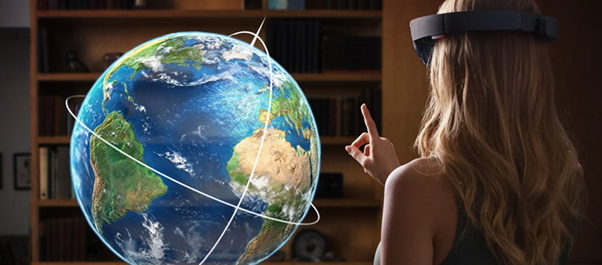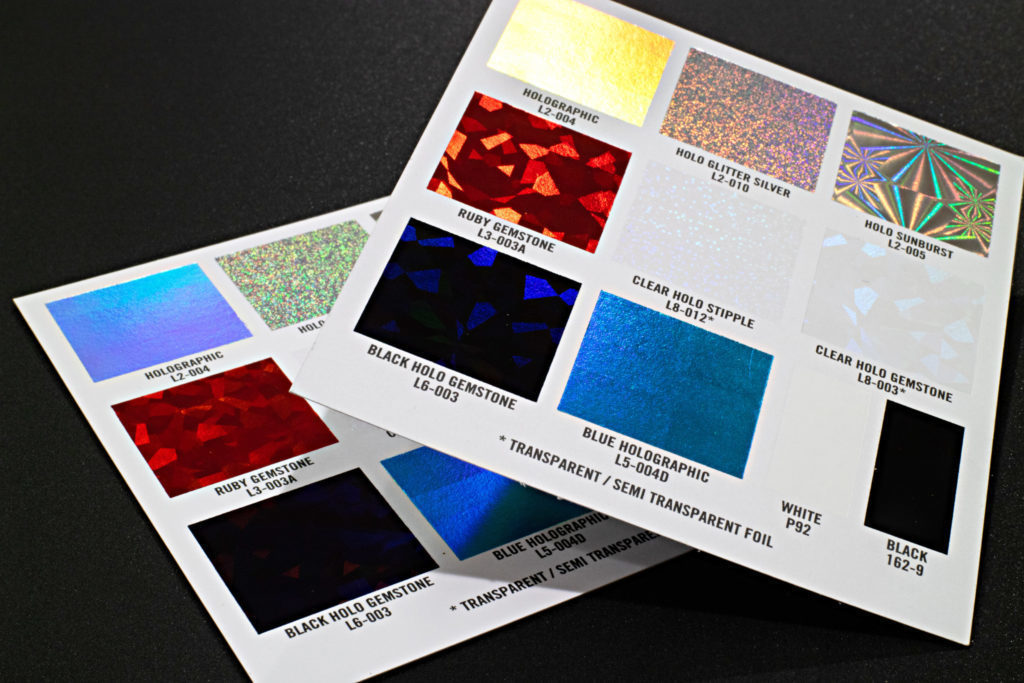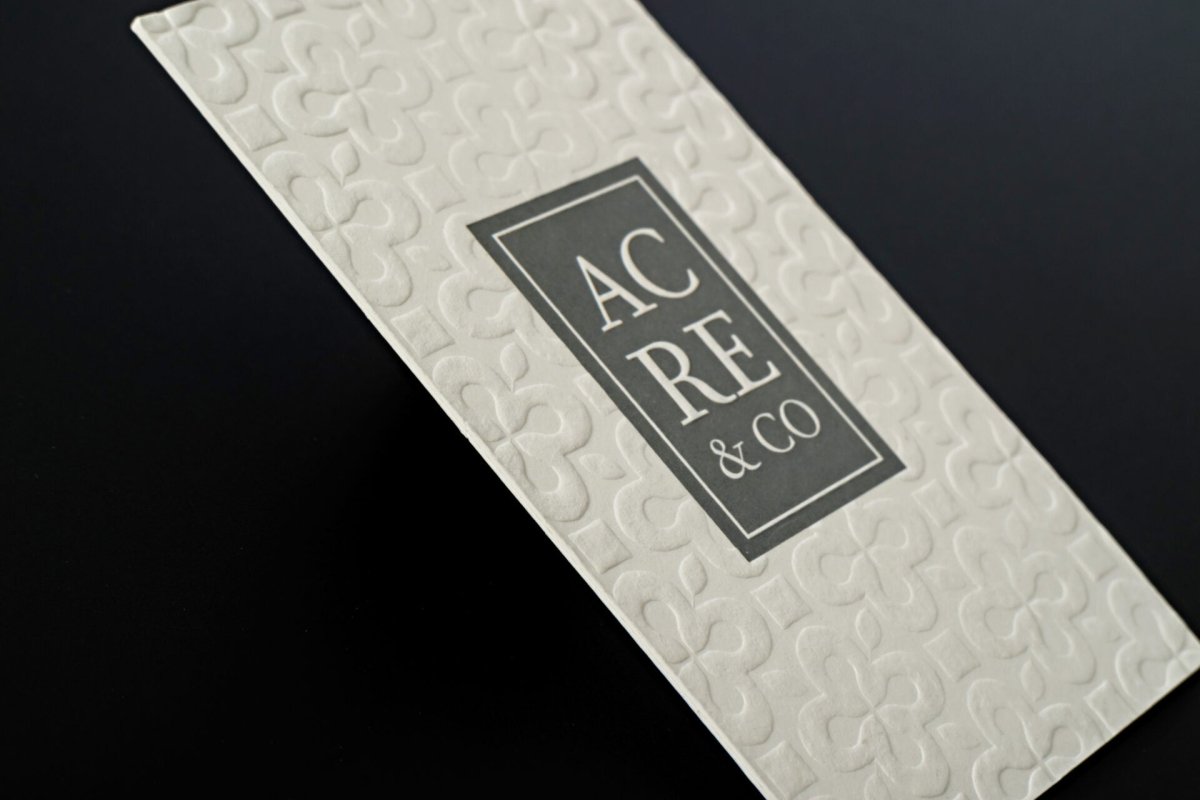
Augmented Reality in Art: A New Dimension for College Artists and Designers
Sunny SuggsShare
(Source)
Augmented reality has long revealed its massive potential in a variety of fields. Today, it’s actively used in education, too.
According to experts, AR is the technology that has the potential to make quality learning materials easily accessible anywhere and anytime. On top of that, as technology evolves, it shows the possibility of boosting the outcome of learning by providing students with full immersion and visualization in nearly every subject. And even these aren’t all the possibilities of augmented reality in education.
In recent years, the world has also been actively exploring the opportunities AR brings to the arts and design sector. Both educators and industry leaders believe this technology could become a new dimension for college artists and designers.
Unlike draining and irrelevant writing assignments that (we bet) make up the biggest part of your academic curriculum, AR has the potential to advance your future career and help you be competitive.
So don’t hesitate to leave the boring stuff to professional college essay writers for hire, and while they take care of your homework, use your free time wisely and explore the benefits and potential applications of AR in arts and design!
Augmented Reality: Definition
Augmented reality, or AR, is the technology that brings together real-world environments and computer-generated objects in real time. This technology can enhance the physical world with visual elements, information, and sounds, as well as other digital stimuli.

(Source)
As a result of using this technology, users can receive more comprehensive, immersive experiences in various situations. For example, creators can integrate virtual blocks of information about real-world objects in real-time.
Also, this technology enables users to place virtual objects into their surroundings. And there are quite a few other applications.
The AR Trend in Arts: Top 6 Benefits
The trend for leveraging this technology in artistic fields keeps rising, and there are a few reasons for that:
1. Deeper Audience Immersion
Traditional works of art, such as paintings, digital illustrations, statues, design projects, and others, are typically limited by their dimension (2D, 3D, etc.), their physical characteristics, and other characteristics.
Often, these works are static and only provide a certain level of immersion for the audience unless they are enhanced with AR.
Augmented reality lets you create deeper immersive experiences for your audience.
For example, this technology lets you create a 3D-situated experience for a regular piece of 2D artwork. In such settings, your work can come to life and become dynamic. Or you can enable the audience to place your work anywhere, rotate or scale it, or interact with a particular piece of art.
This opens new doors for artists across all sectors, letting them engage with their audiences in different mediums and deliver better immersion.

(Source)
2. Adding a Digital Dimension to Physical Pieces of Art
One of the biggest benefits of AR is that it applies not only to digital artwork but also to physical works. This feature offers a wealth of opportunities to analog artists.
One way to use this in your work is to integrate AR-powered information panels into your existing paintings, sculptures, and other masterpieces. These information panels can provide the audience with helpful data, details about your work, etc. The possibilities are pretty much endless.

(Source)
3. Opportunities for Interactivity
In conventional arts, the creator and the audience are entirely separated. Simply put, the audience does not take part in the creation process and can only passively consume the results of this process (aka a piece of art).
Now, with the help of AR, artists can let their audiences interact with their works on various levels. For example, they can embed non-player characters, storylines, scavenger hunts, quests, and other interactive activities right into their work.
Just like deeper immersion, better interactivity results in greater audience engagement and helps artists convey their ideas and messages more easily.

(Source)
4. No More Need for an Art Gallery
The next perk must sound especially lucrative to young artists. As we all know, getting your works featured in an art gallery can take plenty of work and money. Unfortunately, there were rather restricted opportunities to advance your art career without this.
AR removes the boundaries. With this technology, young and ambitious artists can take their artwork to the streets and get in front of their audiences without the need for a physical space.
Imagine hosting your collections anytime and anywhere without renting a gallery or investing lots of cash into arranging exhibitions. This gives plenty of space for growth.

(Source)
5. Simplified Project Visualization
If you are a designer, there are a few perks hidden in AR for you as well.
Sometimes, you already have some ideas in mind but aren’t sure what the complete project should look like. In this case, smart visualization can help you align your vision and ideas with the projects’ needs and objectives. And that’s where AR can help.
AR-powered visualization tools like Room Plan enable you to turn your whole surroundings into a canvas for creativity. Using these tools, you can visualize interiors without a hassle, add and remove furniture and elements, plan object placings, and do much more. Such a simplified visualization can assist you in your projects.

(Source)
6. No More Money-Related Restrictions
Getting back to the previous point, young artists often live on tight budgets, especially while still in college.
Obviously, not all of them can afford to rent a gallery. However, that’s clearly not the only potential expense for developing artists.
Needless to say, every masterpiece takes not only time but also money to create. As an artist, you will always have to invest in the needed equipment, tools, and materials. With that being said, a restricted budget can really hold you back from bringing your ideas to life, but not with AR.
Even if you don’t have a budget for a 5-meter-tall sculpture or for embedding your painting with gold or precious stones, this no longer means that you can’t implement your project.
Digitizing your art with augmented reality gives you an opportunity to fulfill any, even the craziest ideas, without going over your budget. Hence, AR makes art and design more affordable than ever.

(Source)
The Challenges of AR Art
Without any doubt, AR art is a fascinating branch of art that’s going to develop and drive even more attention in the future. Yet, at this time, it still poses a number of challenges for artists and audiences likewise.
Let’s start with the artists.
First and foremost, this new technology can seem somewhat terrifying at first. Not all college artists and designers are tech-savvy enough to adopt this technology on their own. And there is still not enough education on such technologies in schools and colleges.
Secondly, we have to admit that AR technology (as well as related tools) is still immature. Currently, there are only a few options artists have for creating AR artwork.
Not only are these tools still in their infancy, but they are also not as broadly accessible as we’d wish. So, in order to develop AR art further, we need accessible and intuitive AR creator tools and platforms.
As was stated earlier, AR is still not very widespread. So, when it comes to the challenges for audiences, we have to say that not all people have the gadgets and tools needed to experience the full pleasure of augmented reality art.
Long story short, we need to mitigate the technology gap among users to make AR art accessible to everyone.
What Do You Need to Start Using Augmented Reality in Art Now?
Although there are still some challenges, the AR art industry is developing rapidly, with more and more creators trying themselves in this new dimension. So, one way or another, young designers and artists who are currently in college should start adopting this technology now to be better prepared for the future.
Here are several simple tips to help you get on the right track:
- Grasp on the basics - First and foremost, to start creating AR art, you need to have a decent understanding of this technology and its opportunities. So, start by getting clear on the basics of augmented reality.
You can look for learning materials yourself or even take an online course on the topic. For example, try the Introduction to Augmented Reality available on Coursera.
- Explore and master available tools - Once you have a better understanding of the technology, focus on studying the tools for creators. You should find the tools suitable for your specific needs and the field of arts that you are planning to work in.
For example, interior designers can try tools like Room Visualization or AR Floor Plans. If you want to augment your physical art with AR, try the EyeJack Creator tool. Don’t hesitate to look for more apps and tools that match your needs.
- Practice as much as possible - After you have a well-defined toolkit for your future artworks, practice becomes the only cornerstone you want to focus on. Create new masterpieces and projects as frequently as possible to polish your skills.
Don’t be afraid to experiment with different tools, art styles, and AR techniques to find your own style. Remember that only regular exercises and hands-on experience will help you master the craft of AR art.
- Start building your portfolio - A portfolio is pretty much a business card for every creator, whether you engage in arts or design. It’s even more than just a review of the projects you’ve done in the past. It’s an outlook on your knowledge, skills, and unique vision.
A portfolio is one of the primary tools that will help you find clients, gain recognition, and advance your career in the future. So, the earlier you start building it, the better.
Focus on crafting your portfolio while still in college in order to gain a competitive advantage by the time you graduate and focus on your career. We know that your college life must be overloaded with homework assignments and other commitments that take up too much time and energy. So, don’t hesitate to find the best paper writing service that you can count on to balance your studies and personal projects.

(Source)
The Bottom Line

(Source)
Similarly to many other industries, the fields of design and arts are developing at a lightning pace, and, of course, technology is one of the core drivers of change. Thus, if you are a future creator, keeping up with the progress is the only smart way to excel in your career and become a competitive artist.
Needless to say, there are plenty of different technologies that are affecting the artistic fields. Nevertheless, augmented reality is projected to remain one of the major trends.
AR enables creators to bring their masterpieces to life and deliver the most immersive and interactive experiences to their audiences.
Without exaggeration, this is a whole new dimension for future artists. Moreover, this technology is a treasure trove of opportunities for independent artists and creators in marketing, advertising, and many other fields.
If you are currently in college, studying arts or design, be sure to embrace the change, too! Don’t hesitate to delve into the fascinating world of AR right now to build a thriving career in the future!
Author Bio
Nicole Hardy, a renowned journalist with expertise in education and the arts, has earned acclaim for her comprehensive and insightful reporting on performing arts education. With a career spanning over a decade, Hardy has established herself as a respected authority in this field. She is well-regarded for her in-depth analysis and engaging writing style. Hardy holds a Master's degree in Journalism from the University of Arts, specializing in arts and culture journalism. Presently, she creates exceptional, student-oriented content for News.EssayHub.


